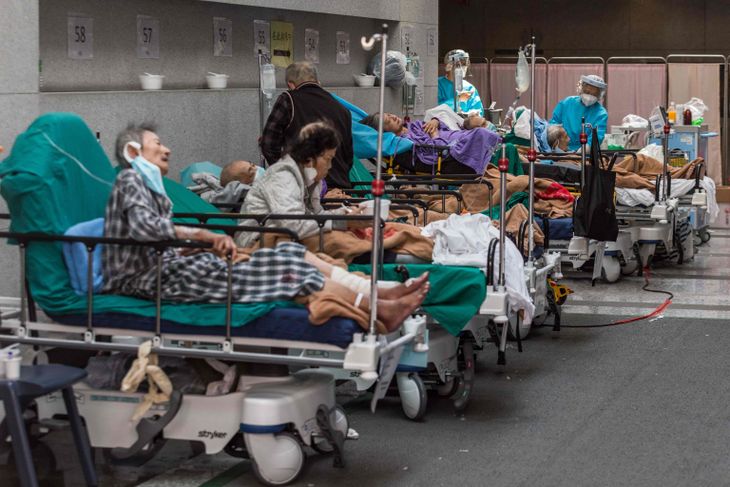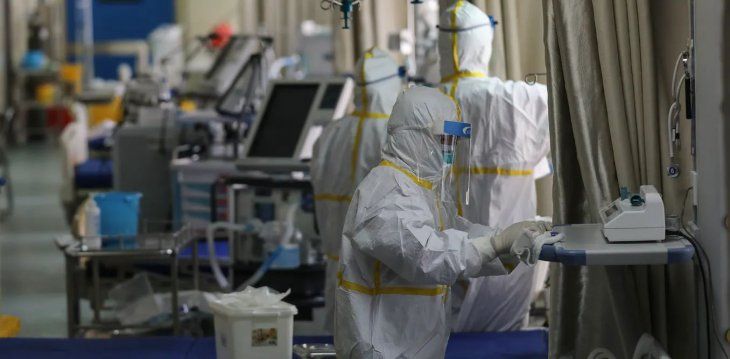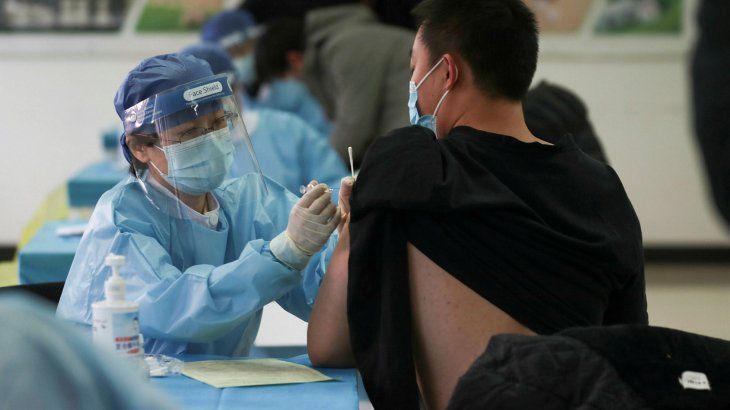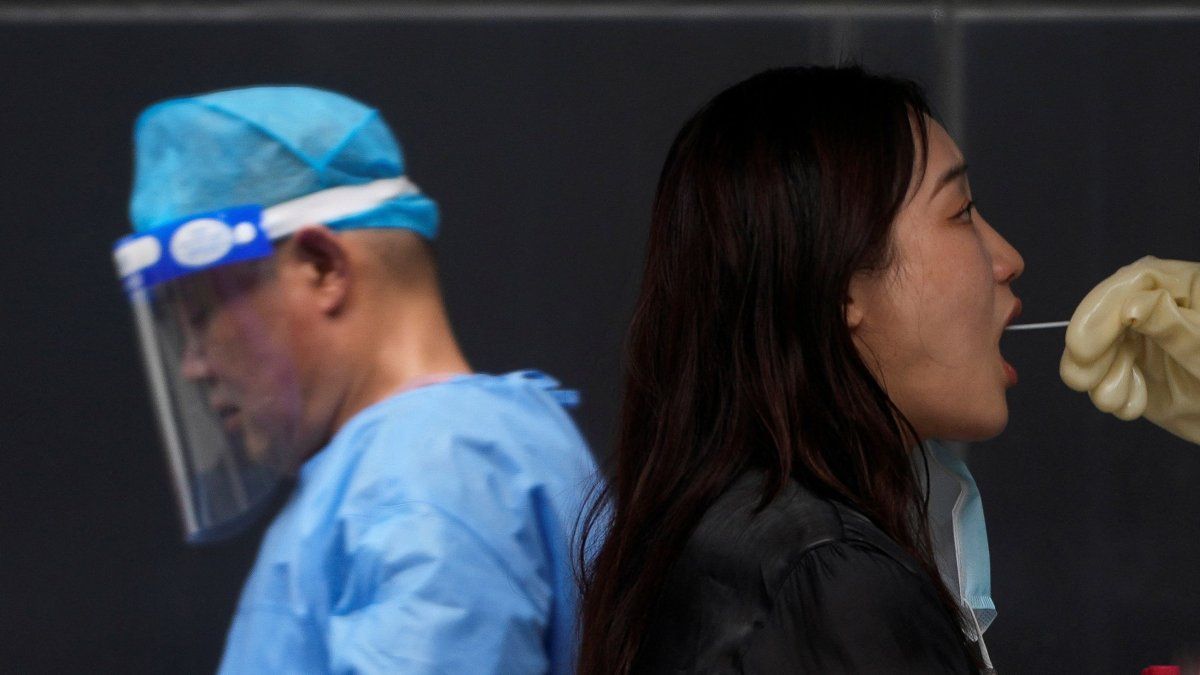China announced on Tuesday that will reopen its borders to tourists and will resume issuing all visas this Wednesday, in an attempt to reactivate tourism and its economyafter a stoppage of three years by pandemic of Covid-19.
The announcement is one more step China in its reopening a few months after beginning to dismantle the restrictive strategy “zero covid” imposed throughout the pandemic and after having proclaimed a “decisive victory” about the virus, last month.
china-covid.jpg
EUROACTIV.com
Apart from the review and approval of new travel documents, visas issued before March 28, 2020 that are still in force will be valid to enter Chinareported the Consular Affairs Office of the Chinese Foreign Ministry it’s a statement.
Similar notes were posted on the websites of various overseas Chinese diplomatic missions, including their embassies in USA and France.
china covid.jpg

AFP
The new policy will also reinstate the ability to grant visa-free entry for some travelerssuch as visitors arriving on cruise ships to Shanghai or the groups of tourists that arrive from Hong Kong, Macau and some countries of the Southeast Asian. The decision “will further facilitate exchanges between the Chinese and foreign population”the statement said.
The note did not specify whether any vaccination certificates either negative tests for Covid-19. However, the spokesman for the Ministry of Foreign Affairs, Wang Wenbintold reporters on Tuesday that China had “optimized measures for remote testing of people coming to China from relevant countries”, which allows antigen tests before boarding the plane, instead of nucleic acid tests.
“All this has been implemented well, and the epidemic risk is, in general, controllableWang said at a daily briefing, Chinese news agency Xinhua reported.
china coronavirus vaccine

Photo: Reuters
Before the virus lockdown was imposed, China received in 2019 a 65.7 million international visitorsaccording to World Tourism Organization of the UN.
But while most countries started the reopening of international travel long before, China just started to come out of its drastic measures within the politics of “covid zero” in late 2022, following protests against those restrictions.
The demonstrations at the end of November called for greater freedoms and even the resignation of President Xi Jinpingan opposition to Communist regime not seen since the pro-democracy uprising that the army suppressed in 1989.
Origin of China Covid19.jpg

In early December, the Chinese authorities put end the regime of mass testing, lockdowns and long quarantinesbut in doing so caused a sudden spike in coronavirus cases.
China announced – at the end of December – that visitors coming from outside its borders no longer had to comply with a quarantine, but maintained visa restrictions for foreigners. At the time, he said that he would “continue to adjust his visa policy for foreigners visiting China in a manner scientific and dynamic according to (…) the situation of the pandemic”. He also resumed the process of Chinese passports for “tourism” either “friends visiting abroad”.
china vaccination

Photo: AFP/Getty
With the increase in cases in China during the holidays of New Yearseveral countries, including Japan and South Koreareinstated the restrictions for Chinese visitors, to which Beijing it responded by imposing its own limitations in retaliation. But with the drop in infections in Chinathe measures decreed on both sides were lifted.
The announcement of this reopening occurs after a important session of the controlled Parliament national, which confirmed a Xi’s third term as president and appointed his ally li qiang as prime minister.
Source: Ambito




